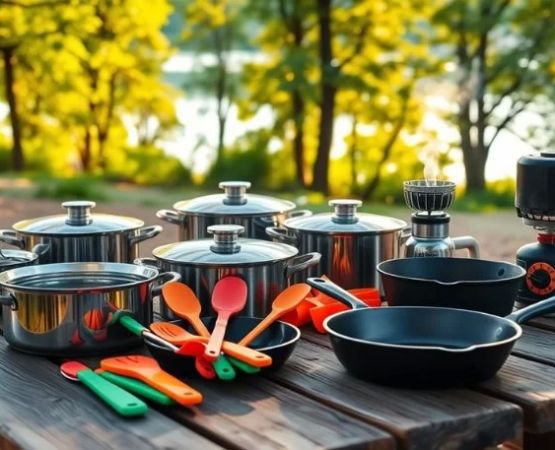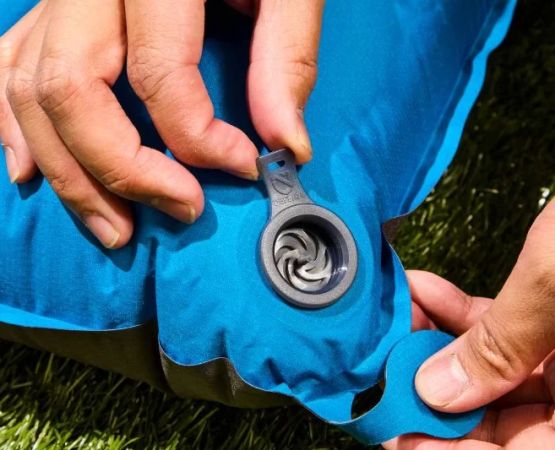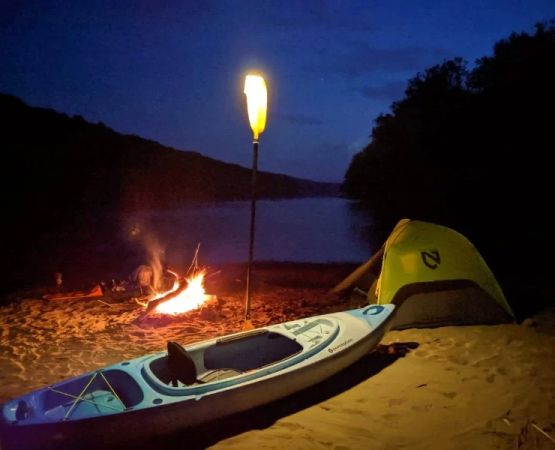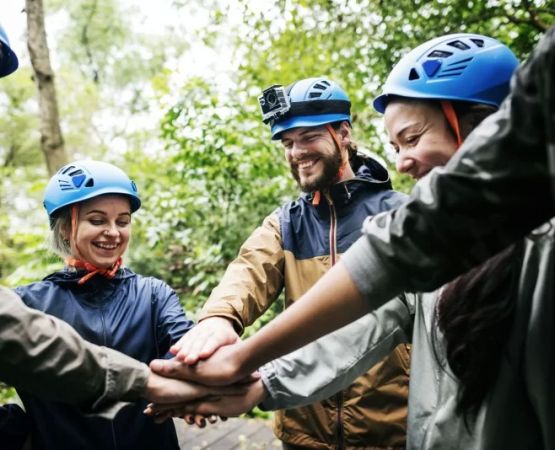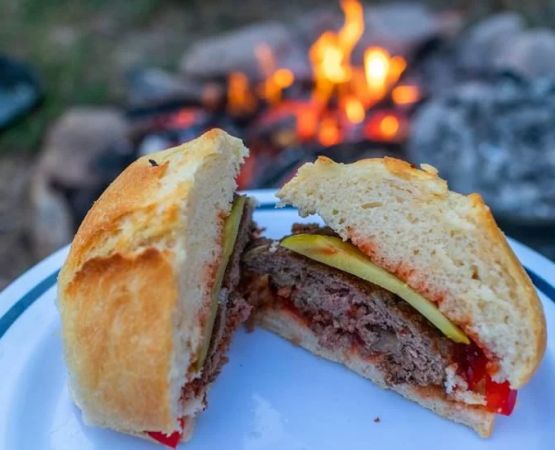Choosing the Right Backpacking First Aid Kit for Remote Areas
- Why-First-Aid-Matters-in-the-Wilderness
- Understanding-Your-Backpacking-Environment
- Core-Components-of-a-Backpacking-First-Aid-Kit
- Case-Study-How-a-Well-Packed-Kit-Saved-a-Life
- Customizing-Your-Kit-for-Remote-Adventures
- Expert-Tips-on-Maintaining-Your-Kit
1. Why First Aid Matters in the Wilderness
Backpacking through remote areas offers stunning views, solitude, and connection with nature—but it also comes with risks. Scrapes, burns, sprains, and even severe injuries are not uncommon in the wild. That’s why selecting the right backpacking first aid kit is crucial. When you're miles away from the nearest road or cell signal, your kit could make the difference between a minor mishap and a life-threatening crisis.
2. Understanding Your Backpacking Environment
2.1 Terrain and Risk Assessment
Choosing the right first aid kit starts with understanding your route. Are you trekking high-altitude alpine trails, desert terrain, or dense forests? Each setting introduces different risks. A remote area first aid kit should include supplies specific to your environment, such as blister treatment for hot hikes or space blankets for high-altitude cold.
2.2 Travel Duration and Accessibility
A weekend backpacking trip differs significantly from a 10-day off-grid trek. The longer and more isolated your journey, the more comprehensive your hiking medical supplies need to be. If rescue could take days, you’ll want to include wound irrigation tools, sutures, and emergency medications.
3. Core Components of a Backpacking First Aid Kit
3.1 Essentials You Should Never Leave Behind
At a minimum, your kit should include:
- Antiseptic wipes and antibiotic ointment
- Various sizes of gauze and adhesive bandages
- Medical tape and blister pads
- Elastic bandages for sprains
- Pain relievers (ibuprofen, acetaminophen)
- Safety pins, tweezers, and small scissors
- CPR face shield and gloves
3.2 Specialized Add-Ons for Remote Safety
For true wilderness explorers, you may also want to add:
- Splinting materials
- Tick and snakebite kits
- Burn gels or hydrogel dressings
- Emergency signaling mirror or whistle
Finding a professionally curated wilderness survival kit with these items can save you time and guesswork.
4. Case Study: How a Well-Packed Kit Saved a Life
In 2021, an experienced hiker named Mike found himself stranded in the Idaho Sawtooths with a dislocated shoulder and deep gash on his thigh. With no reception and two days from help, he relied solely on his outdoor emergency medical kit. He was able to stabilize his injury, stop the bleeding, and signal rescuers using a mirror. His story, widely shared across backpacking forums, is a real-life reminder of why the right gear matters.
5. Customizing Your Kit for Remote Adventures
5.1 Think Beyond One-Size-Fits-All
Many pre-made kits are designed for car campers or urban use. When heading into remote regions, you’ll want to customize with prescriptions (if necessary), altitude sickness meds, water purification tablets, or personal epinephrine pens. And don’t forget to consider your group size—more people require more supplies.
5.2 Don’t Overpack—Pack Smart
Weight matters when every ounce counts. Prioritize multi-use items. For example, a triangular bandage can serve as a sling, tourniquet, or even water filter cloth in a pinch.
Sites like Pine Cliff Resort offer curated kits tailored to serious backpackers, along with recommendations based on the geography you’ll be exploring.
6. Expert Tips on Maintaining Your Kit
Check expiration dates regularly—especially for medications and ointments. After each trip, review what you used, what you didn’t, and what needs replacing. Restocking should be a habit, not an afterthought. Store your kit in a waterproof, well-labeled pouch for quick access during an emergency.
If you're not sure what to include, consult with an outdoor guide or medical professional. When it comes to remote-area survival, informed preparation is half the battle.
In short, choosing the right backpacking first aid kit for remote areas isn't just smart—it's essential. Whether you're a weekend wanderer or a multi-week expeditionist, your kit should reflect the terrain, duration, and potential medical needs you might encounter. With careful planning and the right resources—like those from Pine Cliff Resort—you’ll travel not just lighter, but safer.


